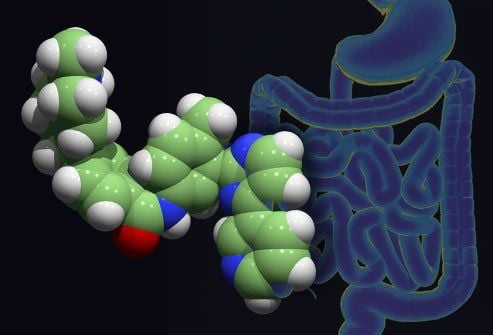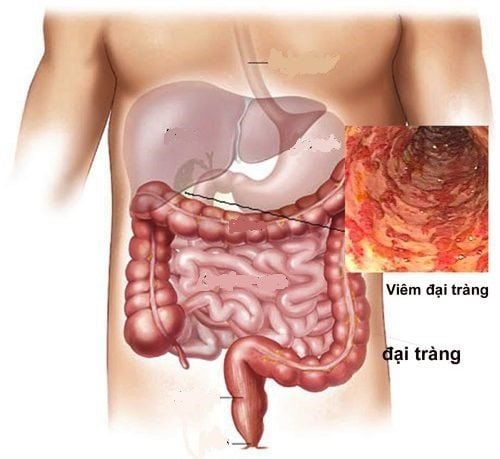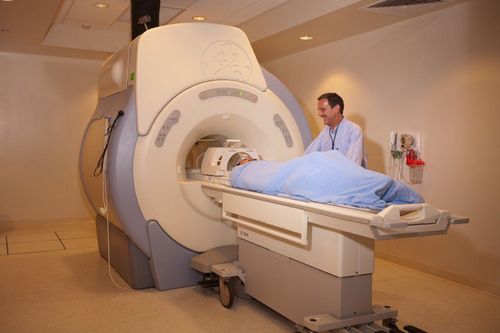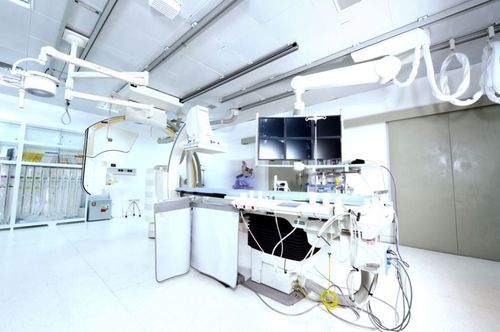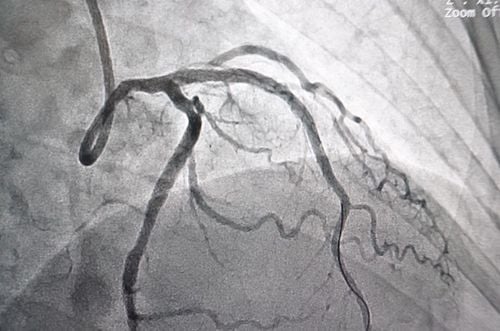This is an automatically translated article.
The article was consulted with Specialist Doctor I Vo Cong Hien - Radiologist - Diagnostic Imaging Department - Vinmec Nha Trang International General Hospital.MRA resonance angiography can provide images with high diagnostic value, helping doctors identify the source of vascular lesions, thereby providing appropriate treatment.
1. What is an MRA?
Maybe many people have heard of the technique of magnetic resonance imaging (MRI) but are still unfamiliar with the term MRA magnetic resonance angiography. Magnetic Resonance Angiography (MRA) is a special type of magnetic resonance imaging (MRI) that helps examine the heart and blood vessels in the body.
Magnetic resonance angiography (MRA) is a safe, non-invasive technique. During the scan, the patient will lie inside a magnetic resonance imaging scanner. The machine takes the form of a large, tunnel-like tube. In many cases, to help get a clearer picture of the blood vessels, the patient will be injected with contrast medicine from the vein.
MRA can provide images with high diagnostic value, helping doctors identify the source of vascular lesions and plan appropriate treatment. In many cases, MRA can provide information that other imaging techniques such as ultrasound, X-ray, and CT scan cannot provide. During an MRA, the patient is not affected by radiation and is not biologically affected. The magnetic contrast agent used very rarely causes side effects.
Due to its outstanding advantages, MRA angiography is more and more widely used. MRA is now often indicated to detect:
Causes of brain aneurysms, narrowing or occlusion. Causes an aneurysm or dissection of the aorta, the blood vessel that carries blood from the heart to other parts of the body. To find out the cause of a stroke The cause of a narrowing or blockage of the vessels in the arms or legs, narrowing of the blood vessels leading to the heart, lungs, kidneys, etc.
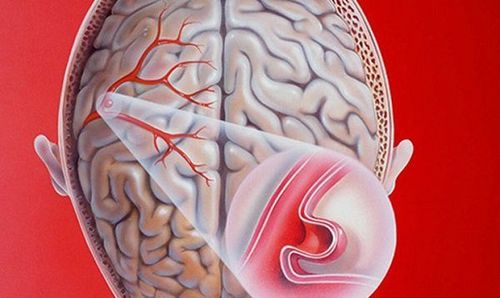
Kỹ thuật chụp mạch máu MRA được sử dụng nhiều trong việc chẩn đoán bệnh lý mạch máu não
2. How is the MRA scan done?
2.1. Before MRA, the admission staff will guide the patient to change clothes, remove dentures, remove jewelry such as watches, rings, necklaces, earrings,... Credit card, ATM cards will also be stored outside the hospital because these cards can be erased and lose data when entering the machine room. The technician will use specialized tools to check for foreign objects and metal devices that may be in the body. If there are small metal foreign bodies located in organs with loose tissue such as eyes, heart, lungs, brain, or next to large blood vessels, MRA should not be performed, otherwise the imaging may be normal.
Patients need to inform medical staff if they have devices in their body such as: artificial heart valves, vascular stents, metal foreign bodies such as bone screws, shrapnel, IUDs, etc. artificial joints, bone crests,... These devices have the ability to interfere with magnetic resonance imaging, so special imaging techniques are needed. You should also tell your doctor if you are pregnant or suspect that you are pregnant. To ensure safety for the fetus, magnetic resonance imaging should not be given to pregnant women in the first 3 months. Do not take magnetic resonance imaging in patients with electronic devices such as artificial pacemakers, defibrillators, hearing aids, etc. Strong magnetic fields can damage these devices. The patient can eat, drink, and take medication as usual. No need to fast before shooting. If contrast injection is needed, the healthcare provider will ask the patient about any history of drug allergy. Some side effects after using magnetic contrast medicine such as feeling tingling, warm in the lips, metallic taste in the mouth, headache, nausea,... These symptoms usually disappear quickly. Magnetic contrast agents are not toxic to the body.

Không nên chụp cộng hưởng từ MRA cho phụ nữ đang mang thai 3 tháng đầu
2.2. During the MRA scan, the technician will guide the patient to lie on the table with a suitable position, to avoid blurring the image, the patient must lie still during the scan. During the scan, the patient will hear noise coming from the machine, the patient may be provided with earplugs or wear headphones to reduce noise. The patient will be alone in the MRI room, but the patient is always observed and the technician can be contacted through the intercom.
3. Significance of MRA
After the magnetic resonance angiogram is done, the doctor will analyze the obtained image results.
Angiography results are defined as normal when:
The blood vessels are of normal shape and size, blood flow is stable, no clots or large plaque accumulation is found. The blood vessel walls are normal, with no blockages in the flow or bulges in the blood vessels. Vascular results are abnormal when:
There is partial or complete blockage of the blood vessel due to a blood clot, accumulation of fat and calcium deposits on the vessel wall... There is an aneurysm image. vessels in the wall of the blood vessel There is a picture of a lesion on the wall of the blood vessel
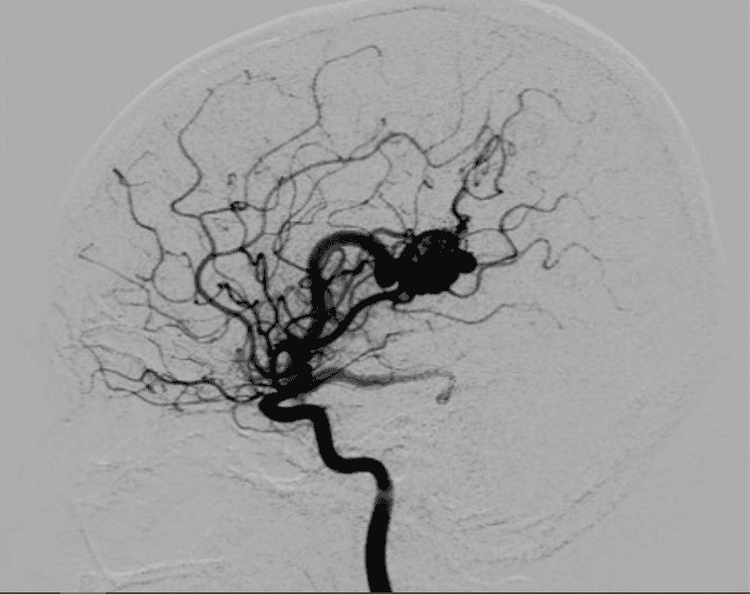
Hình ảnh mạch mãu não của bệnh nhân trên kết quả chụp mạch
Magnetic resonance angiography (MRA) is rarely used in emergency situations because of its longer imaging time than other techniques. However, MRA is particularly useful in screening patients at risk for vascular diseases, especially aneurysms, stenosis, cerebrovascular occlusion, and myocardial infarction. Many patients' lives have been saved because they were screened by MRA and received timely treatment.
Vinmec International General Hospital with a system of modern facilities, medical equipment and a team of experts and doctors with many years of experience in neurological examination and treatment, patients can completely peace of mind for examination and treatment at the Hospital.
Please dial HOTLINE for more information or register for an appointment HERE. Download MyVinmec app to make appointments faster and to manage your bookings easily.




